While the California Zephyr name continues today under the Amtrak banner, much has changed since the final run of the streamlined predecessor in 1970. What hasn’t changed since the original 1949 debut is the premise from vintage advertisements to “look up, look down, and look all around” when taking the Chicago-Emeryville, Calif. trip. Especially when passing through these five scenic highlights aboard Amtrak’s California Zephyr.
Mississippi River
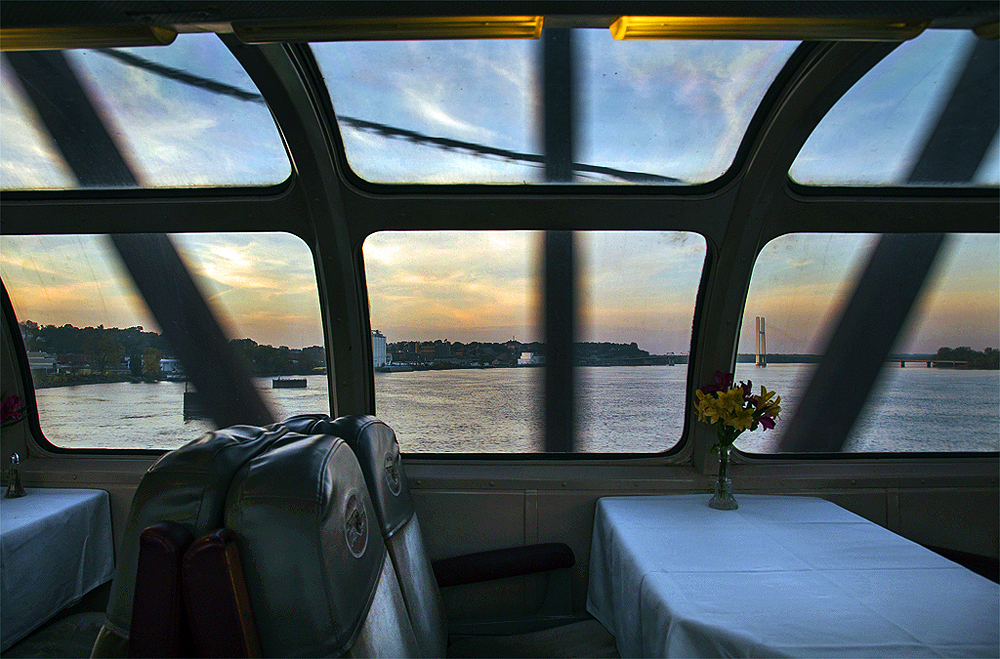
When it comes to the scenic wonders along the route, west of Denver is typically a daytime passenger’s best bet. Though crossing the Mighty Mississippi at Burlington, Iowa is still a surreal experience. As part of BNSF Railway’s Ottumwa Subdivision, the Zephyr traverses a virtual lift bridge that connects the banks of Illinois in the east and Iowa on the west. The modern structure replaced its 118-year-old, swing span predecessor of the former Chicago, Burlington & Quincy Railroad in 2012.
Whether you’re beginning to turn in for the night westbound or beginning your day eastbound, the passage is like stepping into a whole new world that’s waiting to be explored. There’s a sense of adventure for the Frontier while admiring this engineering feat to bridge the “Father of Waters” beginning in the 19th Century.
Moffat Tunnel
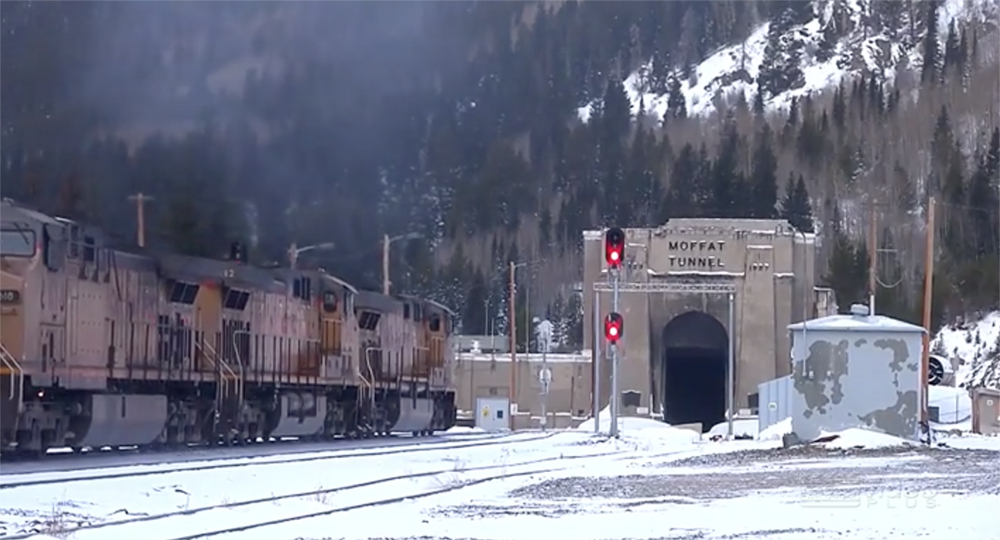
In tribute to the Denver banker and miner, the Rocky Mountain’s Moffat Tunnel was officially opened in February 1928 as David H. Moffat’s dream of a direct route west to Salt Lake City. While he never lived to see that dream become a reality, the tunnel continues service today as part of Union Pacific Railroad’s Moffat Tunnel Subdivision. Three scheduled passenger trains use this engineering marvel: The Rocky Mountaineer from Denver to Moab, Utah; Amtrak’s Winter Park Express ski train from Denver to the Winter Park Resort; and of course, the California Zephyr.
The Moffat Tunnel cuts through 6.21 miles of the Continental Divide at 9,239 feet in elevation. The crossing itself takes approximately 15 minutes and passengers will be asked to remain seated for the duration. The best seats are obviously in the Sightseer Lounge, with its massive glass-topped windows offering quick glimpses of the architectural portals at each end. From the tunnel, traveling eastbound will showcase the Front Range with its dramatic slopes heading down to Denver, while westbound takes passengers deeper into the Rocky Mountains.
Glenwood Canyon
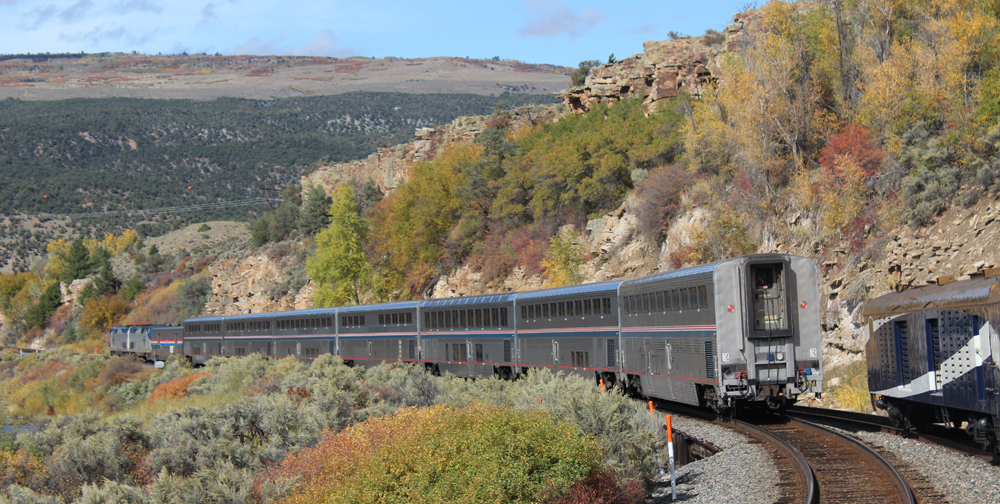
Between Granby, Colo., and the Utah state line, the Zephyr parallels the Colorado River for 238 canyon-filled miles. The 18-mile Glenwood Canyon along the gorge offers non-stop views of evergreens and rock-covered walls. It’s no wonder this iconic journey of the route led to one of the most iconic passenger car designs.
Cyrus R. Osborn, Vice President of the Electro-Motive Division of General Motors, was riding in the cab of a Denver & Rio Grande Western diesel locomotive through Glenwood Canyon in 1944. The unobstructed vista view was an absolute delight for Osborn and he wanted to share it with passengers aboard. The CB&Q rolled out the Silver Dome a year later, and dome cars became a staple to not just the original California Zephyr but to many North American passenger trains for years.
Ruby Canyon
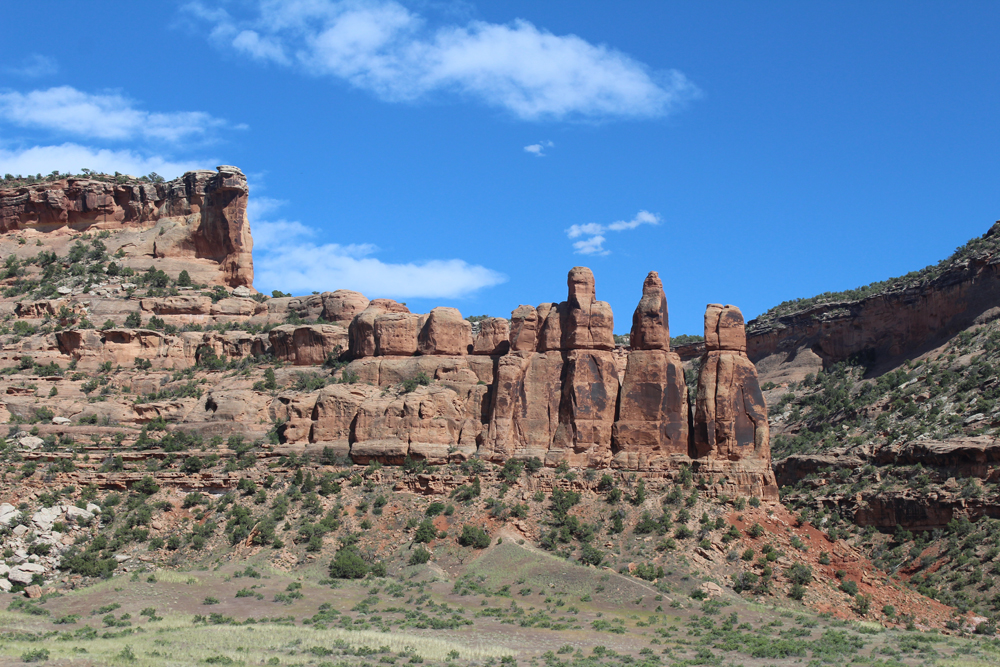
Traveling through Ruby Canyon can be described as transitional. This leg of the journey is located at the state line between Colorado and Utah. Scenic transitions take place in their respective states between the Colorado and Green Rivers, plus the Rocky Mountain and Utah desert terrains.
The twists and turns through the canyon offer unique formations of red rock. Outside the Union Pacific’s Green River Subdivision that traverses this area, Ruby Canyon is inaccessible to many. There’s an unearthly feeling no matter which direction you’re heading aboard the Zephyr, as if you’re visiting another planet.
Donner Pass
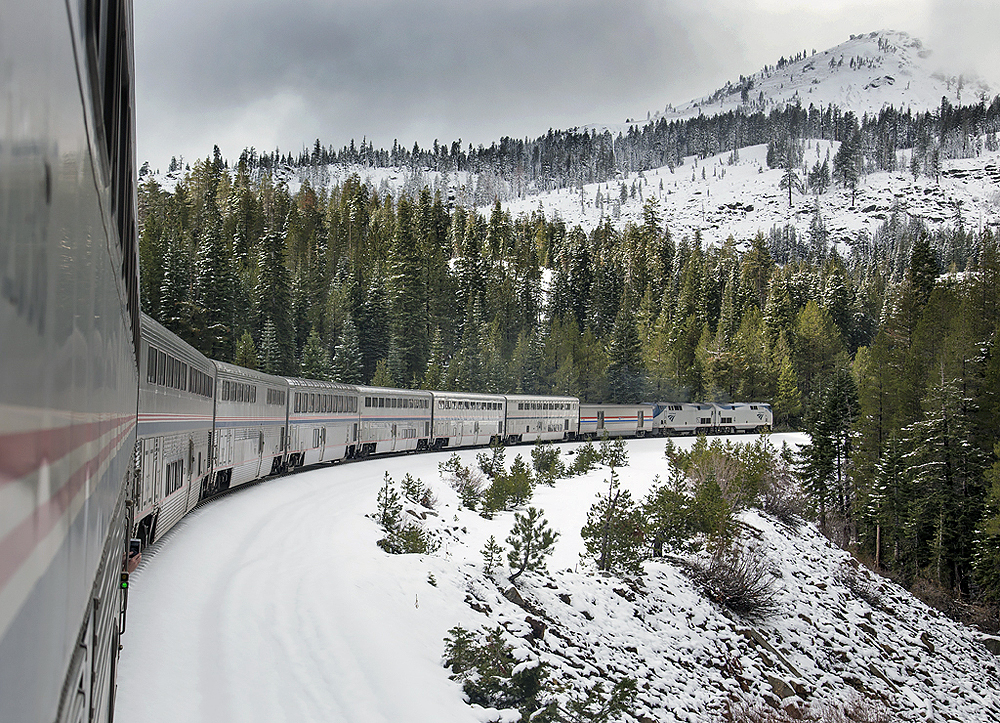
Between Salt Lake City and Emeryville, Amtrak’s incarnation takes a different approach from its predecessor. Instead of the former Western Pacific through the Feather River Canyon, the Zephyr’s trackage rights are over the ex-Southern Pacific – now part of UP. Don’t let that deter you from traversing the Sierra Nevada Mountain range.
California’s Donner Pass between Truckee and Colfax is full of scenic beauty and rich heritage. Hugging the snow-capped cliffs at more than 7,000 feet in elevation gives you a birds-eye view of Donner Lake. There’s also the history surrounding the rails, tunnels and snowsheds that once hosted various steam locomotives of the past, from the American-type 4-4-0s of the first Transcontinental Railroad to the mighty 4-8-8-2 Cab-Forwards. Educational guides from Sacramento’s California State Railroad Museum are regularly on board during this portion of the trip to highlight these significant landmarks.
With the 75th Birthday of the “most talked-about train in America” arriving in March 2024, perhaps a future trip may be in order as part of the celebration. For those who’ve taken the California Zephyr in the past, what’s been your favorite scenic highlight?










This train is at the top of my bucket list. We would drive to Denver from our home in eastern Utah and ride the train back via Arvada, CO and Big 10 Curve, Moffat Tunnel and Winter Park, Glenwood Springs Canyon and Grand Junction, northwest to the Gilluly Loops below Soldier Summit in Utah, across the Great Salt Lake, over Donner Pass and down to Roseville with the final tie-up at Emeryville. After some time in California, “Rinse and repeat…’ and drive home. A great trip all the way and back.